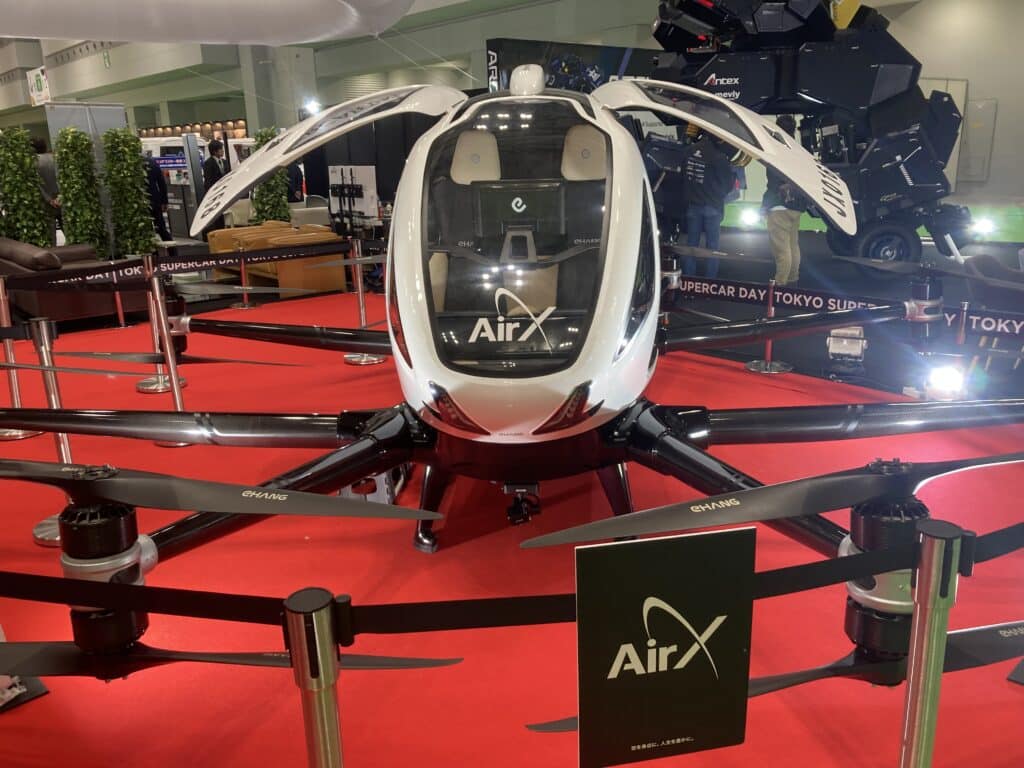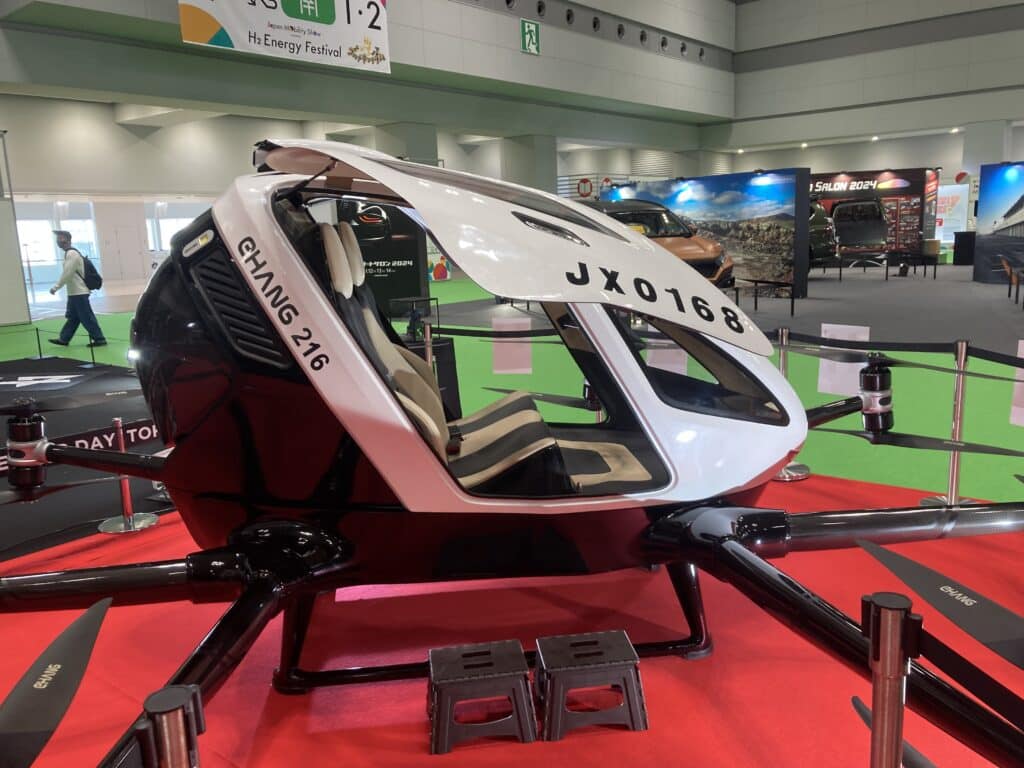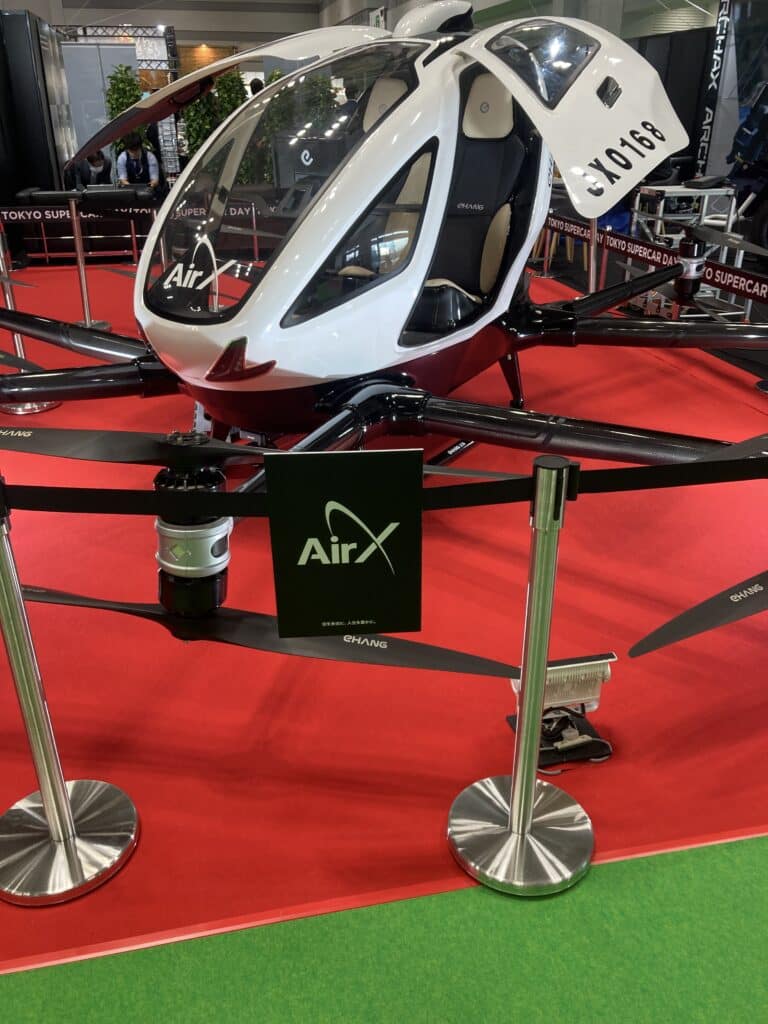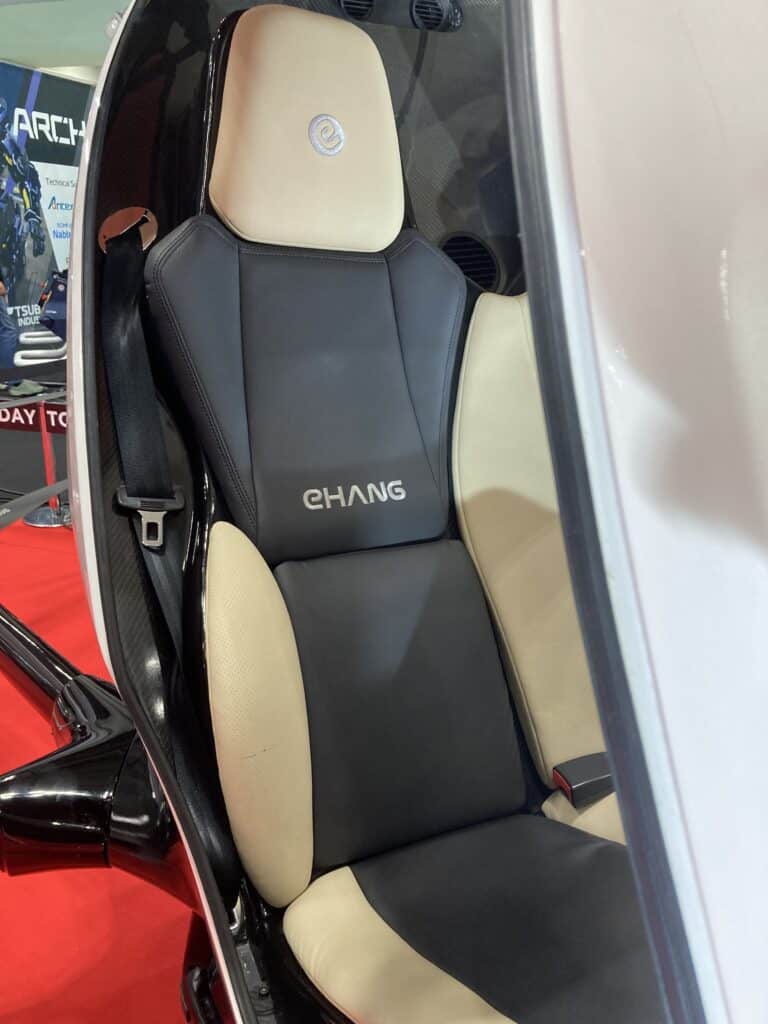We should all have flying cars by now, according to Back to the Future II, The Jetsons, and Blade Runner.
Even if the far-off future of the 2010s is now behind us, we may finally be catching up to it.
EHang, a Chinese startup, has developed the EH216, an autonomous aerial vehicle, or AAV, to realize the ideal of flying people through the air without a care in metropolitan situations.
LEARN MORE! The first untethered test flight of an electric air taxi has been completed.
It is now collaborating with Air X in Japan to commence commercialization.
Although it may be entertaining to consider grabbing a joystick and charting your own path through the sky, EHang has made the procedure completely autonomous in order to reassure clients of comfort, ease, and safety.
The two-seater EH216 flying car comes with pre-programmed flight paths to increase efficiency while minimizing the possibility of things going wrong.
 Supercar Blondie
Supercar Blondie
You simply select your destination from a touch screen, buckle up, and you’re ready to go.
This may appear counterintuitive: after all, autonomous driving isn’t even available in normal cars today, so how could it operate in the sky?
However, according to EHang’s research, the vast majority of aircraft accidents are caused by human mistake, therefore eliminating this aspect leads to safer outcomes.
 Supercar Blondie
Supercar Blondie
After all, commercial airlines have been using autopilot for decades.
A ground control team also monitors the AAVs to assure their safety.
The physical components and software have several redundancies built into them as well, so that if something goes wrong, the EH216 can still fly and land safely.
 Supercar Blondie
Supercar Blondie Supercar Blondie
Supercar Blondie
The EH216 is also an eVTOL, which means it is entirely powered by electricity and can take off and land vertically without the use of a runway.
EHang anticipates that the EH216, which has been widely tested throughout the world, including the United States, Japan, and the United Arab Emirates, will be utilized for passenger transport, sightseeing, and transporting people to hospitals during medical emergencies.
The past’s idea of the future has arrived.